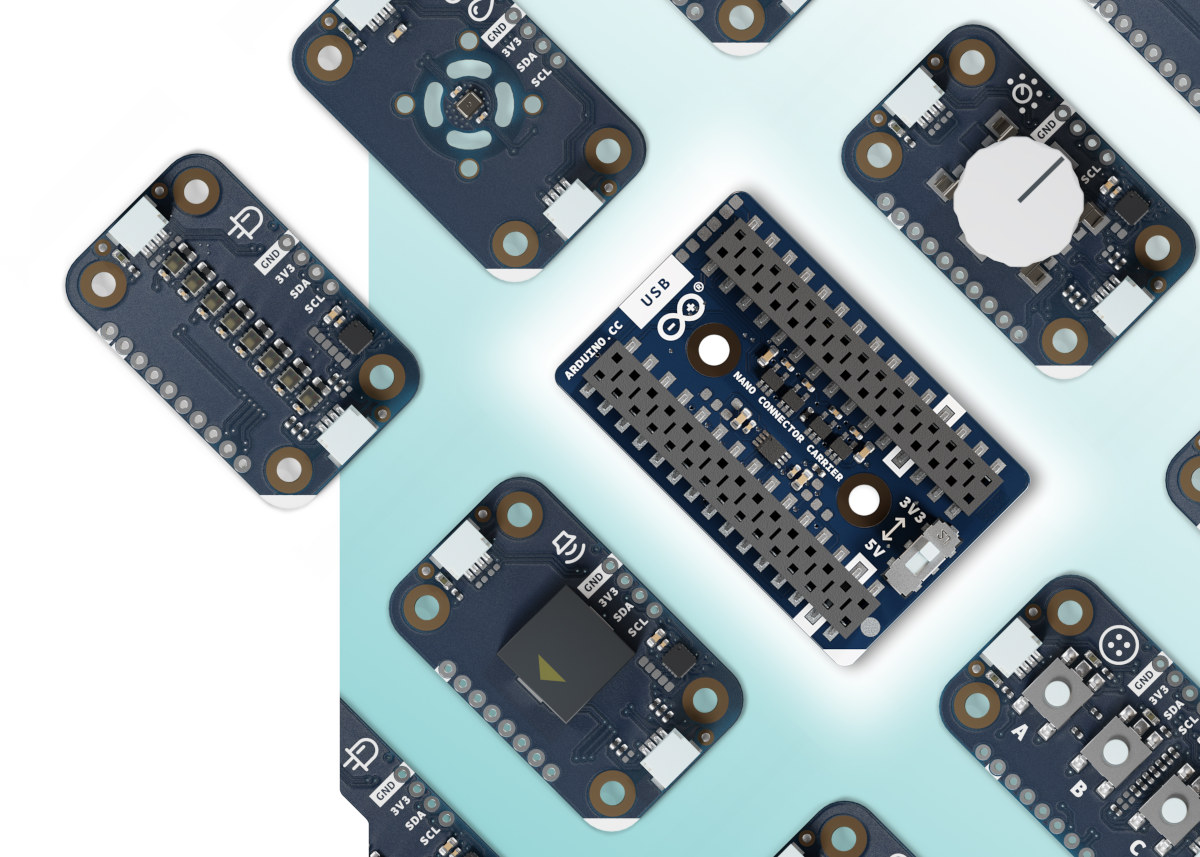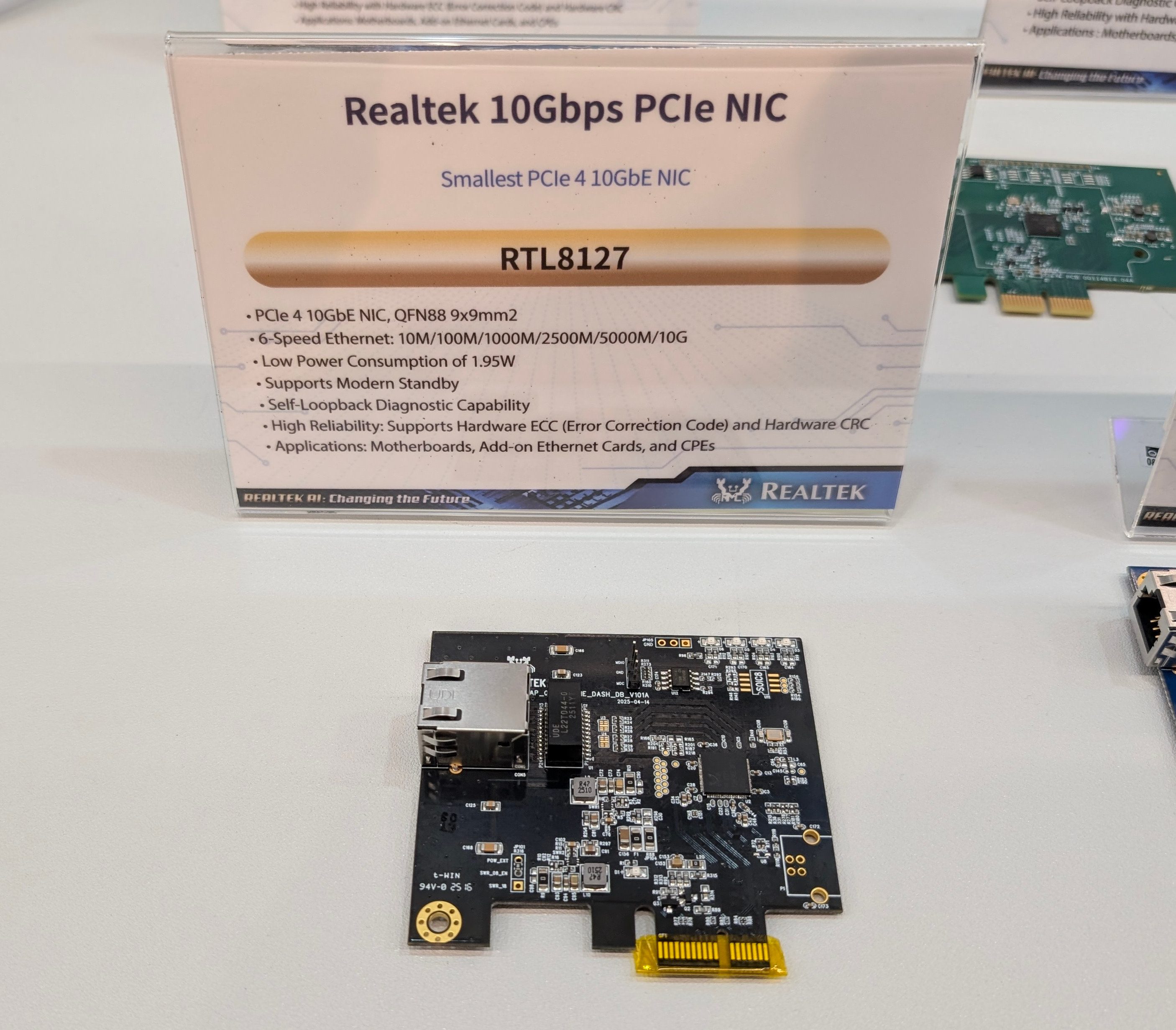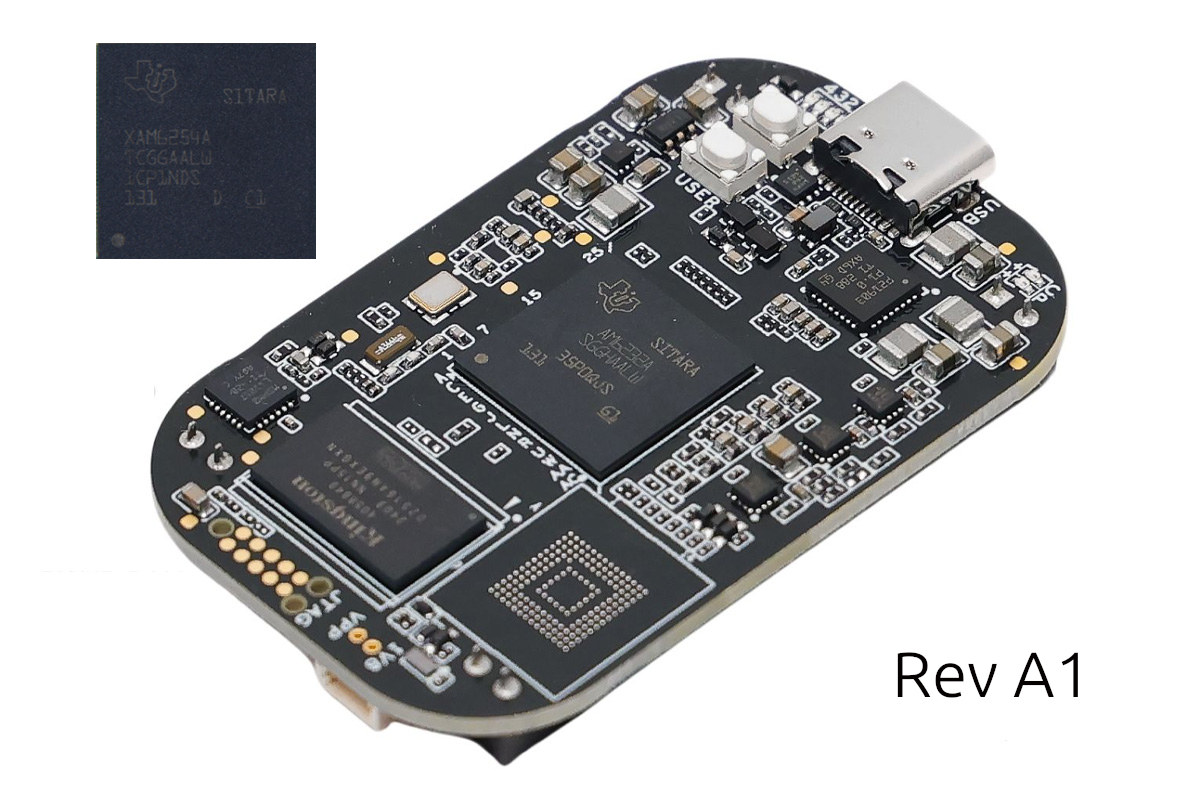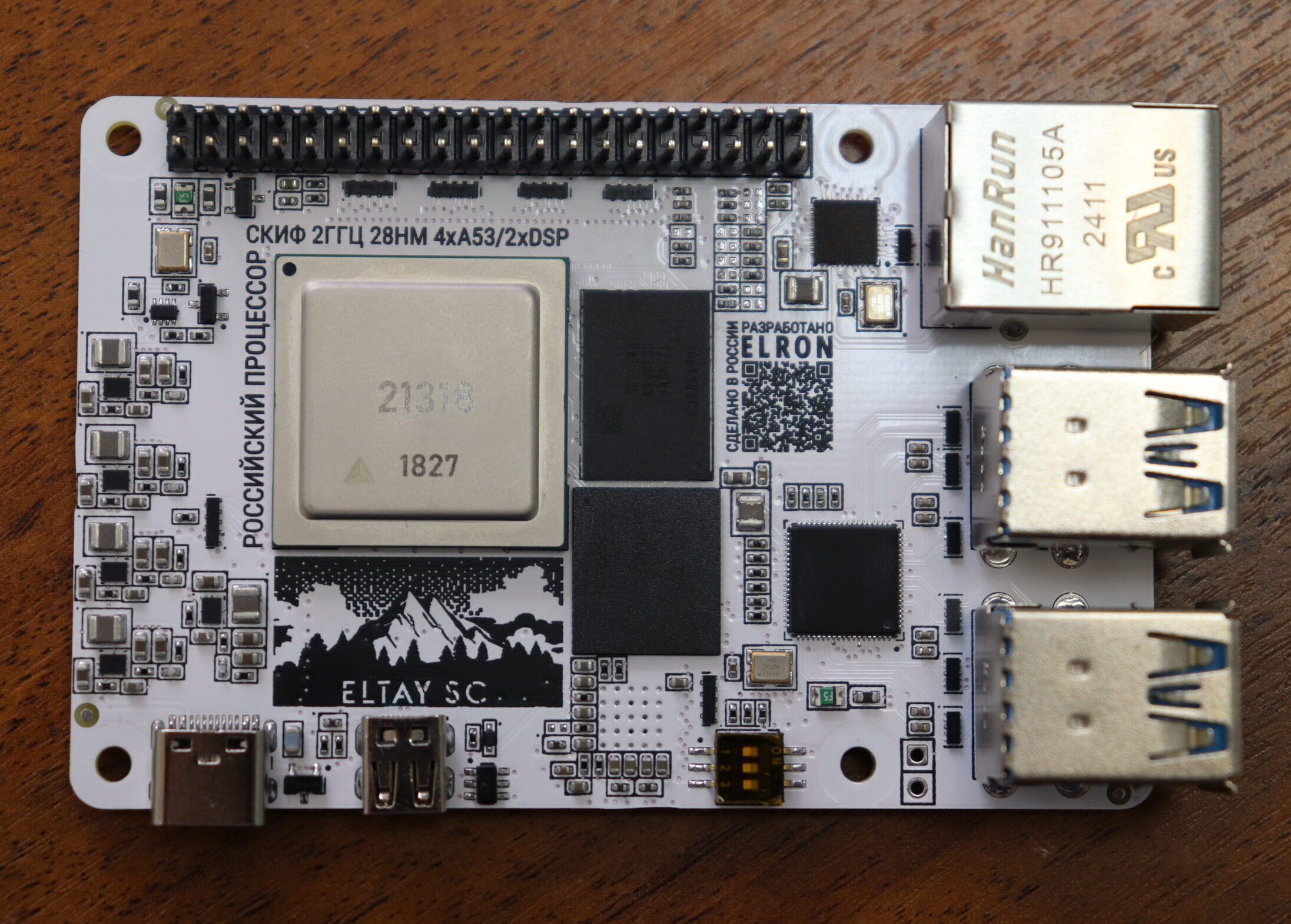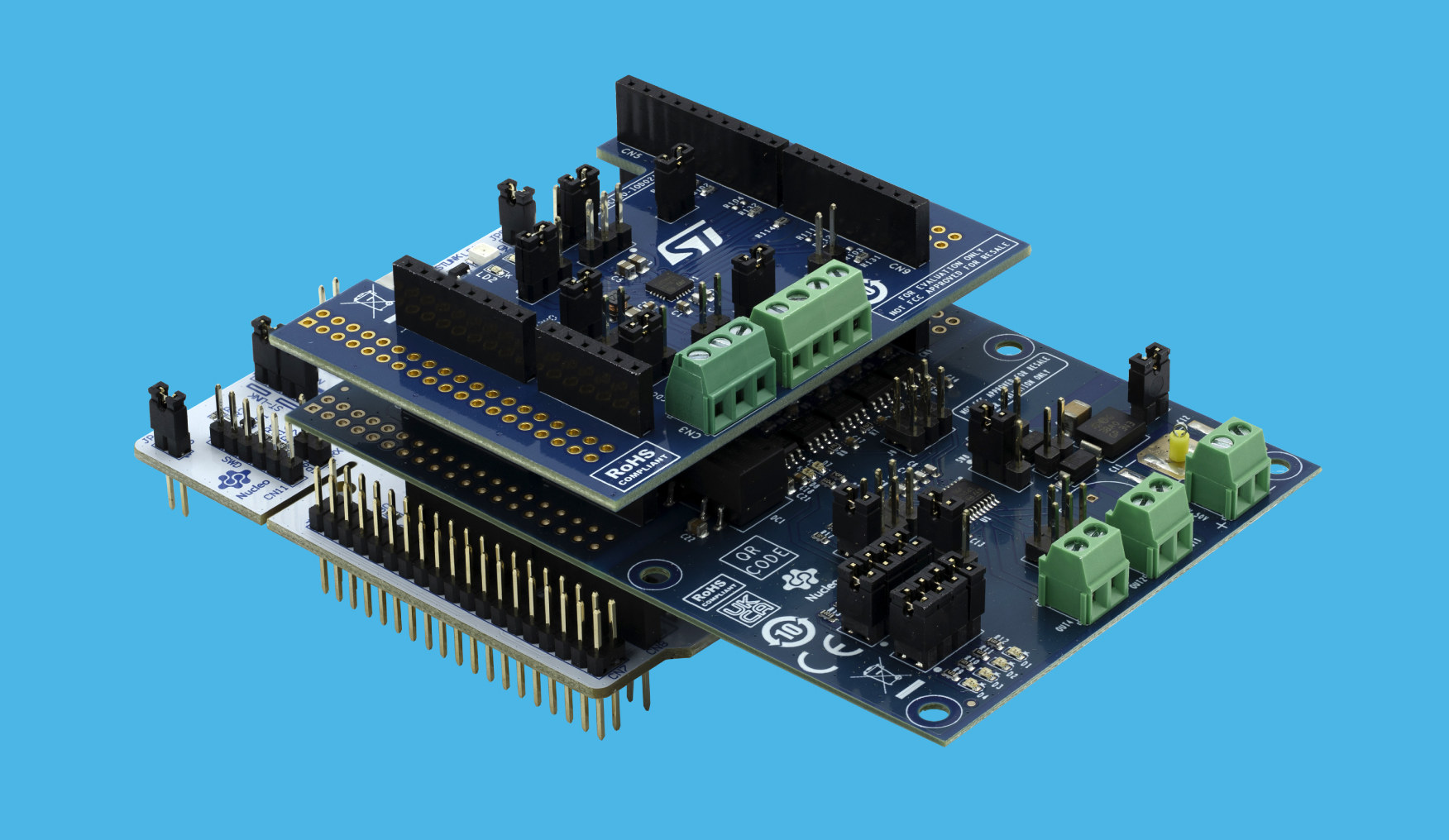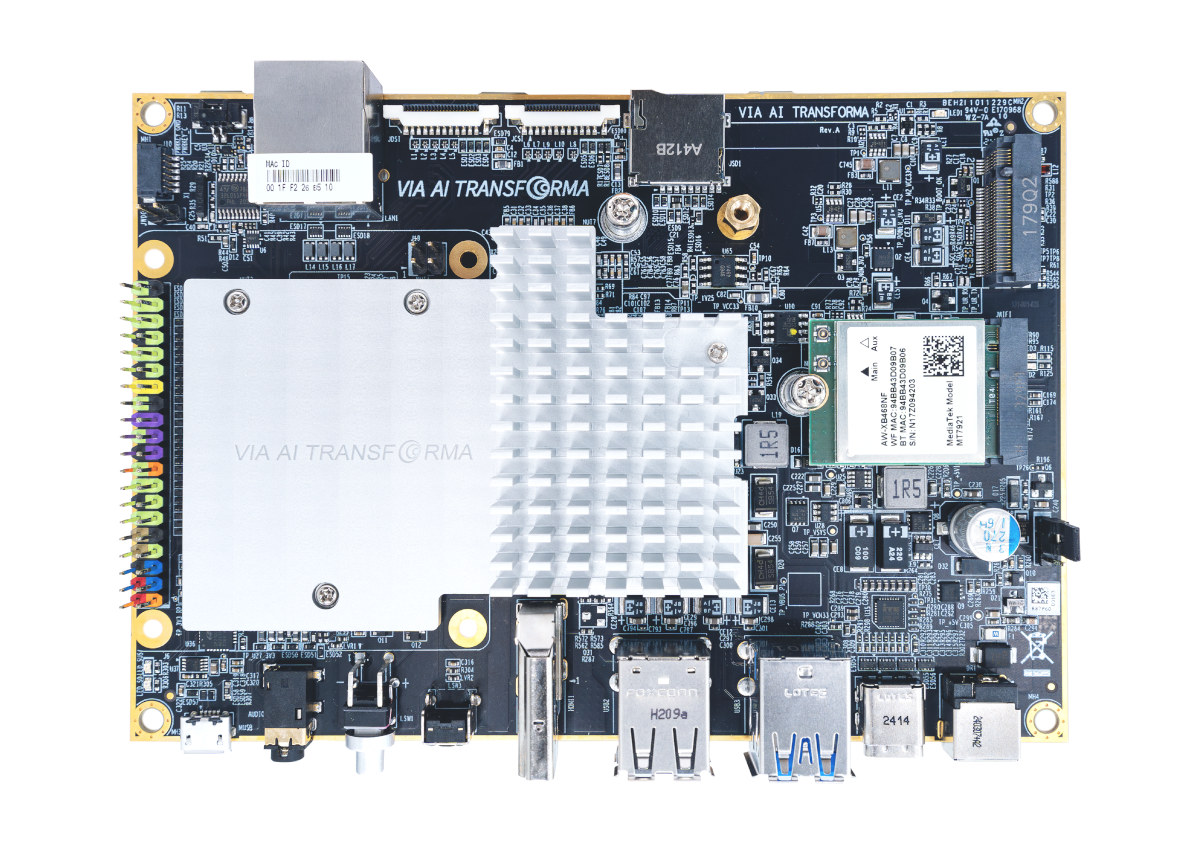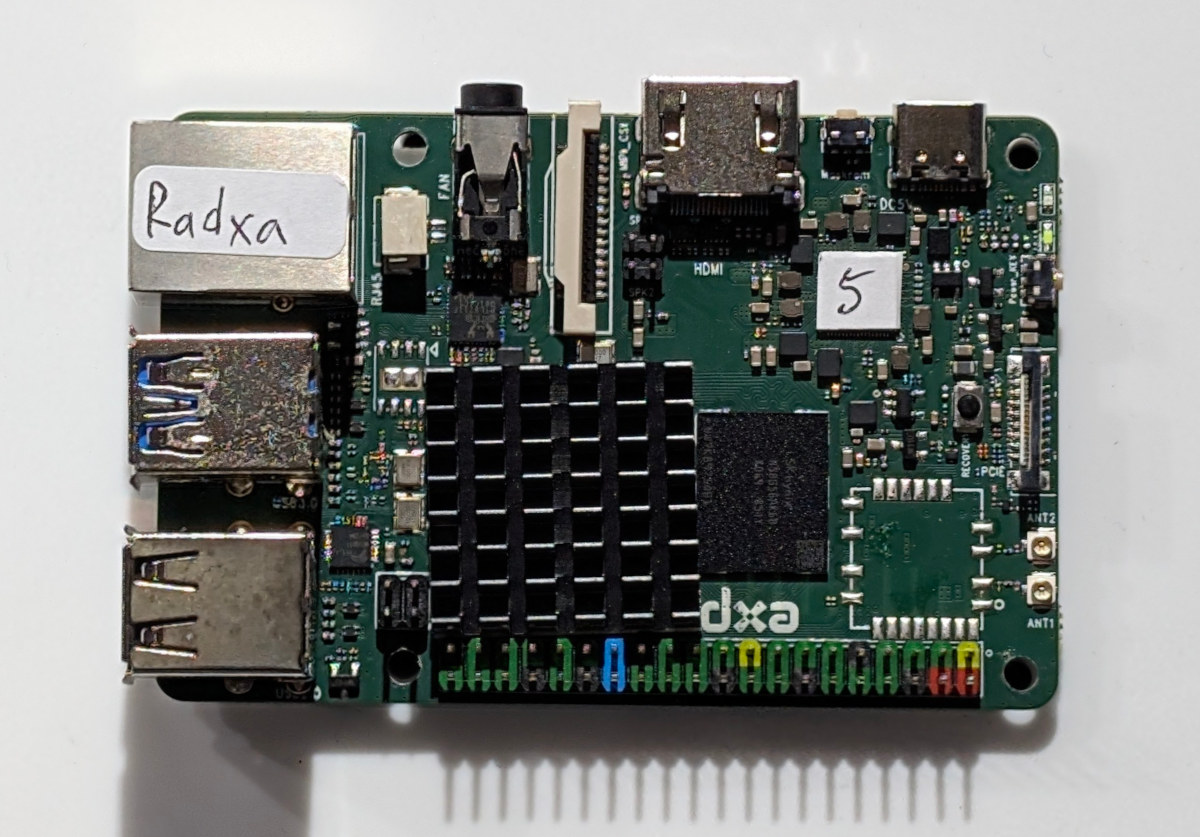The Arduino Nano Connector Carrier is a compact add-on board designed for the Arduino Nano boards to allow easy connection to Qwiic, Grove, and Modulino expansion modules. The company also announced seven new Modulino nodes that are available individually for user input (e.g. button, knob), sensors (IMU, ToF), audio output, and a short RGB LED strip. Arduino Nano Connector Carrier specifications: Storage – MicroSD card reader (SPI) Expansion Interfaces 4x Grove analog/digital I/O connectors – 2x analog, 1x I2C, 1x UART Qwicc I2C connector Double female board header for Arduino Nano series boards I/O Voltage – Switch between 3.3V and 5V Dimensions – 43 x 28 mm The board works with Seeed Studio Grove modules and Arduino Modulino nodes connected over the Qwicc connector: Modulino Knob – a rotary encoder with push button Modulino Pixels – 8x addressable RGB LEDs Modulino Distance – a time-of-flight (ToF) sensor to measure proximity […]
Silicon Labs SiXG301 and SiXG302 “Series 3” wireless SoCs are built for line-powered and battery-powered IoT applications
Silicon Labs has just introduced the first 22nm Series 3 SoCs with the SiXG301 and SiXG302 Arm Cortex-M33 multiprotocol wireless SoCs designed for line-powered and battery-powered IoT devices, respectively. The SiXG301 is offered with 4MB flash and 512 KB SRAM, embeds an LED pre-driver for advanced LED smart lighting and smart home products, and supports 2.4 GHz wireless protocols such as Bluetooth, Zigbee, and Thread with support for Matter. The upcoming SiXG302 Bluetooth and Matter SoC offers an ultra-low-power consumption using only 15 µA/MHz active current, or 30% lower than competitive devices in its class, and as such is ideal for battery-powered wireless sensors and actuators. We’ll be focusing on the SiMG301 multi-protocol SoC and SiBG301 Bluetooth LE SoC in this article since the details are sparse for the SiXG302 parts (SiMG302 and SiBG302). Silicon Labs SiMG301 / SiBG301 specifications: MCU Core – 32-bit Arm Cortex-M33 with DSP instructions and […]
Realtek RTL8127, RTL8159, and RTL8261C will power low-cost, efficient 10 Gbps Ethernet cards, USB adapters, and switches
Realtek showcased RTL8126, RTL8157, and RTL8251B 5 Gbps Ethernet solutions at Computex 2023, and the first Realtek RTL8126 5 Gbps Ethernet PCIe and M.2 adapters were introduced in 2024, shortly followed by RTL8157 5GbE USB 3.2 adapters. The company has now unveiled upgraded solutions for 10 Gbps Ethernet networking at Computex 2025 with the RTL8127 10GbE PCIe controller and variants, the RTL8159 10GbE USB 3.2 Gen 2×2 controller, and the RTL8261C PHY for 10GbE switches. Realtek RTL8127 10GbE PCIe NIC Realtek RTL8127 specifications: Ethernet – 10Mps, 100Mps, 1000Mps, 2500Mps, 5000Mps, and 10Gbps Host interface – PCIe Gen4 Features Modern standby Self loopback diagnostic Hardware ECC and CRC Power consumption – 1.95 Watts Package – 9×9 mm QFN88 The Realtek RTL8127 will be found in PCIe and M.2 cards, or directly soldered on motherboards or CPEs. The good news is the low power consumption, which should make cooling easier and cheaper […]
PocketBeagle 2 Rev A1 board gets 1.4 GHz Sitara AM6254 quad-core Cortex-A53/Cortex-M4F SoC with 3D GPU
The PocketBeagle 2 was first introduced with a 1.0 GHz Texas Instruments Sitara AM6232 dual-core Cortex-A53 GPUless SoC in February with Rev A0 of the PCB. The BeagleBoard.org Foundation has now released a new PocketBeagle 2 Rev A1 board with a 1.4 GHz Sitara AM6254 quad-core Cortex-A53/Cortex-M4F SoC with a 3D GPU. All other features remain the same, with a secondary Texas Instruments MSPM0L1105 Arm Cortex-M0+ microcontroller, 512 MB LPDDR4 memory, a microSD card slot, a USB Type-C port for power and connectivity, a Raspberry Pi Debug Probe port, and two 36-pin expansion headers. PocketBeagle 2 Rev A1 specifications: Main SoC – Texas Instruments AM6254 as found in the BeaglePlay SBC CPU Quad-core 64-bit Arm Cortex-A53 @ 1.4 GHz Arm Cortex-M4F real-time core @ 400 MHz with 256KB SRAM GPU – Imagination PowerVR Rogue AXE-1-16M with support for OpenGL 3.x/2.0/1.1, Vulkan 1.2 Dual-core Programmable Real-Time Unit Subsystem (PRUSS) running up […]
ELTAY SC SBC is a Russian alternative to the Raspberry Pi based on Elvees SKIF “Scythian” quad-core Arm Cortex-A53 SoC
Elron ELTAY SC is a credit card-sized SBC powered by an Elvees SKIF “Scythian” quad-core Arm Cortex-A53 SoC that serves as an alternative to the Raspberry Pi, Orange Pi, Banana Pi, Radxa ROCK Pi, etc… for the Russian market. Getting SBCs in Russia has been more complicated in recent years due to sanctions, although it’s still possible to import Chinese SBCs directly and Raspberry Pi via the grey market. However, the ELTAY SC is meant to provide a more reliable source within Russia since the SBC is manufactured in a facility in Novosibirsk according to servernews.ru. ELTAY SC specifications: SoC – Elvees SKIF “Scythian” CPU – Quad-core Arm Cortex-A53 @ 2GHz GPU – Imagination PowerVR Series8XE VPU – Encode/decode up to two 4K video streams @ 60 Hz DSP – 2x DSP Process – 28 nm System Memory – 4GB LPDDR4 Storage 32GB eMMC flash microSD card slot Video and […]
$130 STMicro P-NUCLEO-IOD5A1 modular IO-Link development kit features STM32, transceiver, and actuator boards
STMicroelectronics P-NUCLEO-IOD5A1 is a new modular IO-Link development kit designed to simplify building actuators and sensors by providing all necessary hardware and software for industrial automation projects. We’ve recently come across more solutions for the 3-wire IO-Link bi-directional and point-to-point (P2P) industrial communication protocol based on the IEC 61131-9 standard with ICs and products such as Renesas CCE4511 IO-Link master, STMicro EVLIOL4LSV1 IO-Link actuator board, and an IO-Link Master HAT for the Raspberry Pi. The P-NUCLEO-IOD5A1 devkit appears to be an all-in-one IO-Link combining all hardware needed for prototyping. P-NUCLEO-IOD5A1 content: MCU Board – NUCLEO-G071RB board based on STMicro STM32G071RB Arm Cortex-M0+ MCU @ 64 MHz with 128 KB flash and 36 KB RAM, and equipped with Arduino and ST morpho headers. Transceiver board – X-NUCLEO-IOD02A1 with L6364Q dual-channel IO-Link physical layer IC to handle communication with the IO-Link master. It also includes protection against surges and reverse connection Actuator board […]
VIA AI Transforma Model 1 – 3.5-inch fanless SBC features MediaTek Genio 700 AIoT SoC for Edge AI applications
VIA AI Transforma Model 1 is an edge AI platform powered by a MediaTek Genio 700 (MT8390) SoC with 4 TOPS of AI performance designed for industrial automation, smart cities, and more. The 3.5-inch fanless SBC is equipped with 8GB RAM and 16GB eMMC flash, and offers three display interfaces (HDMI, DP, MIPI DSI), a 4-lane MIPI CSI camera interface, gigabit Ethernet networking, M.2 sockets for wireless and cellular connectivity, several USB ports, a 40-pin GPIO header, and more. VIA AI Transforma Model 1 specifications: SoC – MediaTek Genio 700 (MT8390) CPU – Octa-core processor with 2x Cortex-A78 cores @ up to 2.2 GHz, 6x Cortex-A55 cores @ up to 2.0 GHz GPU – Arm Mali-G57 MC3 GPU with support for OpenGL ES 1.1/2.0/3.2, OpenCL ES 2.2, and Vulkan 1.0/1.1 APIs VPU Encoding up to 4Kp30 with H.265/HEVC or H.264 Decoding up to 4Kp75, AV1, VP9, HEVC, H.264 codecs supported […]
Radxa NIO 5A credit card-sized Mediatek Genio 520 SBC showcased at Computex 2025
Radxa NIO 5A is an upcoming Mediatek Genio 520 SBC in credit card/Raspberry Pi form factor that should offer a more affordable entry into the MediaTek Genio family than Radxa Nio 12L equipped with a powerful Mediatek Genio 1200 SoC. There’s no public information on the web about it, but I was sent some photos of the board from Mediatek’s booth at Computex 2025, and we know it’s powered by the Genio 520 octa-core Cortex-A78/A55 SoC with a 10 TOPS AI accelerator and comes with “large memory and high-capacity storage”. Let’s see if we can derive more detailed specs from the photos and other public information about the SoC. Radxa NIO 5A specifications (preliminary): SoC – Mediatek Genio 520 (MT8371) CPU – Octa-core processor with 2x Arm Cortex-A78 up to 2.2 GHz (Commercial) or 2.0 GHz (Industrial) 6x Arm Cortex-A55 up to 2.0 GHz (Commercial) or 1.8 GHz (Industrial) GPU […]

